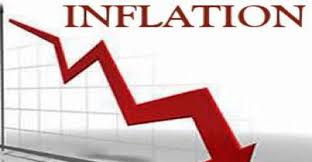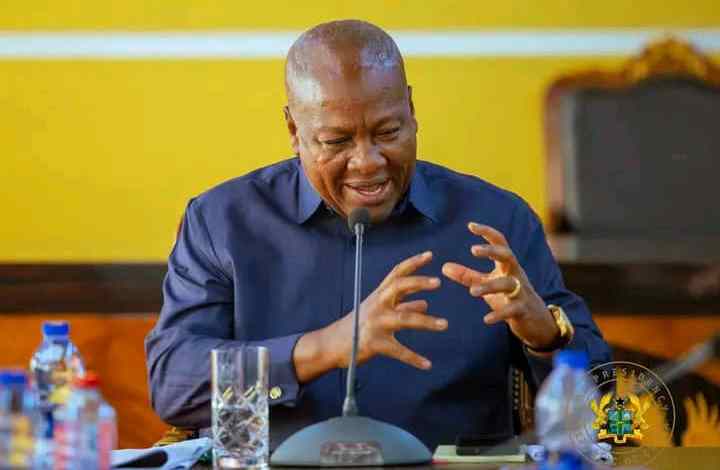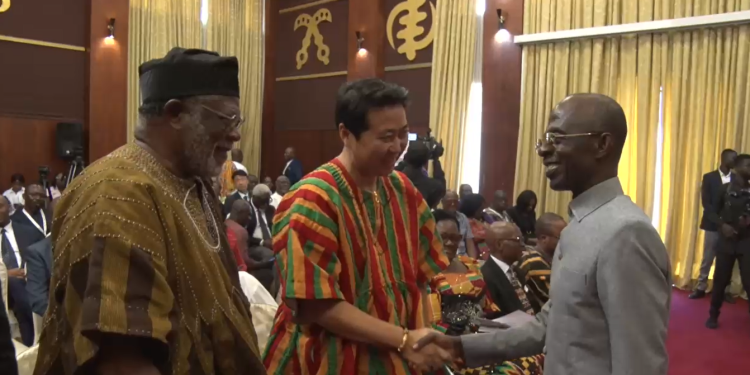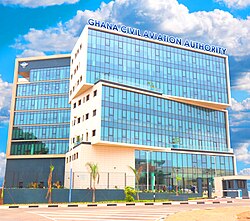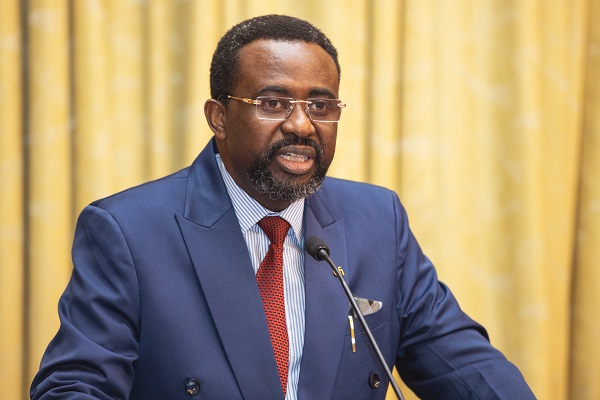Ghana’s annual inflation rate dropped sharply to 9.4% in September, down from 11.5% in August, marking the country’s first return to single-digit inflation in four years and its lowest level since August 2021.
The latest data, released Tuesday by the Ghana Statistical Service, marks the ninth consecutive monthly decline in inflation and signals a possible turning point in the country’s efforts to stabilize its macroeconomic environment.
“The sustained deceleration in price growth reflects easing inflationary pressures across key sectors,” said Government Statistician Dr. Alhassan Iddrisu at a press briefing. “This development points to a broader trend of economic stabilization.”
Food, Non-Food Prices Ease
Food inflation fell significantly to 11.0% in September, down from 14.8% the previous month, while non-food inflation slipped to 8.2% from 8.7%. Prices for locally produced goods dropped to 10.1%, compared with 12.2% in August. Imported items saw inflation fall to 7.4%, down from 9.5%.
The decline in both local and imported inflation categories suggests that external pressures—such as currency volatility and import costs—are abating, alongside improved domestic supply conditions.
Regional Disparities Persist
Despite the national improvement, regional disparities in price stability remain stark. The North East Region posted the highest inflation rate at 20.1%, more than double the national average. At the other end of the spectrum, the Bono East Region recorded the lowest inflation reading, at just 1.2%.
The continued inflation retreat offers a boost to the Bank of Ghana, which has been pursuing tight monetary policy in an effort to rein in post-pandemic price surges and restore investor confidence.
Analysts will be watching closely in the coming months to see whether the trend holds, especially amid global uncertainties and potential external shocks.



